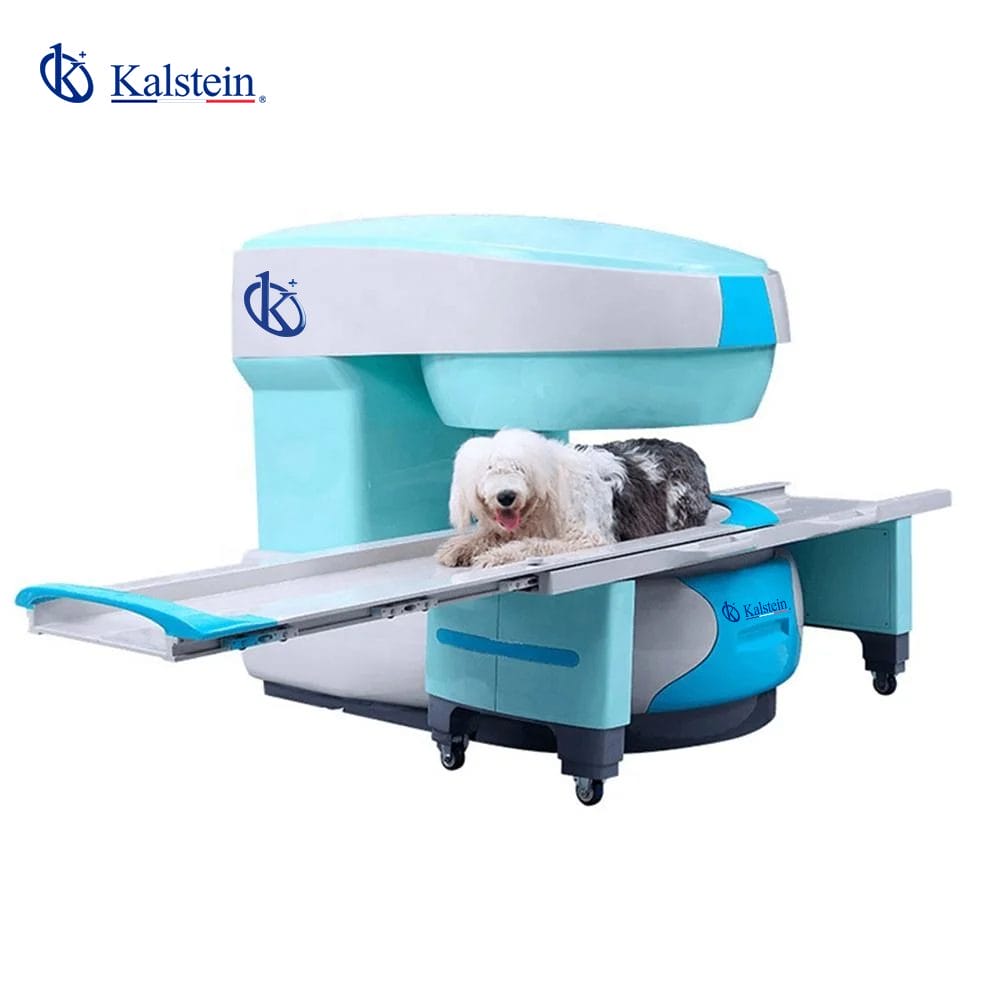Magnetic resonance imaging is an indispensable tool in the field of medicine, allowing for detailed images of tissues and organs for accurate diagnosis of various diseases. In the case of animals, magnetic resonance imaging technology has become a valuable tool for veterinary diagnosis, allowing specialists to obtain high-quality images that facilitate the study of pathologies and injuries.
If you want to know the catalog of high-end products that we have for you at KALSTEIN, visit us at https://kalstein.pl/category-product/veterinary-sector/veterinary-mri/ we assure you that through our online PURCHASING channels, which are very easy and viable, you will find the best PRICES in the market, reminding you that we are a MANUFACTURING Company high-level Laboratory Equipment for SALE. https://kalstein.pl/
What is Magnetic Resonance Imaging for Animals?
Magnetic Resonance Imaging for animals is a high-tech medical equipment that uses magnetic fields and radio waves to generate detailed images of body tissues. Unlike other imaging methods, such as radiography or ultrasound, Magnetic Resonance Imaging does not use ionizing radiation, making it a safe option for diagnosing diseases in animals.
Advantages of Magnetic Resonance Imaging for Animals
Accurate Diagnosis: Magnetic resonance imaging allows for detailed images of soft tissues, muscles, and internal organs, facilitating precise diagnosis of diseases and injuries in animals.
Non-invasive: Unlike other diagnostic procedures, Magnetic Resonance Imaging for animals does not require surgery or the administration of radioactive substances, making it a safe option for studying diseases in pets.
Multifunctional: Magnetic resonance imaging can be used in a wide variety of animal species, from dogs and cats to horses and exotic animals, allowing diagnostic studies in different species.
Treatment Monitoring: Magnetic resonance imaging also allows for accurate tracking of the response to treatment in animals with chronic diseases or those requiring special care.
Technological innovation: Magnetic Resonance Imaging equipment for animals is designed with the latest technology, ensuring high-quality image acquisition and precision in veterinary diagnosis.
How does Magnetic Resonance in Animals work?
The operation of magnetic resonance imaging in animals is similar to that in humans. The animal is placed on a stretcher inside a magnetic resonance imaging machine, where it is exposed to magnetic fields and radio waves that generate signals from body tissues. These signals are captured by special antennas and processed by a computer to obtain detailed 2D or 3D images of the animal’s organs and tissues.
Applications of Magnetic Resonance in Veterinary Medicine
Magnetic Resonance Imaging for animals is used in a variety of clinical situations in veterinary medicine, including:
Diagnosis of neurological diseases: Magnetic resonance imaging is essential in studying neurological diseases in animals, such as epilepsy, brain tumors, or degenerative diseases.
Evaluation of musculoskeletal injuries: It allows studying injuries in muscles, joints, bones, and tendons, facilitating the diagnosis of fractures, dislocations, or other musculoskeletal pathologies.
Study of abdominal diseases: Magnetic resonance imaging is useful in diagnosing diseases in abdominal organs, such as the liver, kidneys, spleen, pancreas, and gastrointestinal tract.
Control of cardiac diseases: It allows evaluating the functioning of the heart and detecting cardiac abnormalities in animals with cardiovascular diseases.
Oncological diagnosis: Magnetic resonance imaging is an indispensable tool in the study of tumors in animals, allowing determining the location, extension, and characteristics of neoplasms.
Cares and Considerations
Although Magnetic Resonance Imaging for animals is a safe and non-invasive procedure, it is important to consider some aspects before performing an MRI study on a pet:
Anesthesia: In most cases, animals need to be sedated or anesthetized to undergo an MRI study, so it is crucial to follow the veterinarian’s instructions and maintain constant vigilance during the procedure.
Prior Preparation: It is likely that some preparation is required before the study, such as fasting or administering contrasts, so it is essential to follow the veterinarian’s instructions to ensure the quality of the images obtained.
Post-study follow-up: Once the MRI study is completed, it is crucial to follow the veterinarian’s instructions for the follow-up of the diagnosed disease or injury and the recommended treatment plan.
In summary, Magnetic Resonance Imaging for animals is a valuable diagnostic tool in veterinary medicine, allowing to obtain detailed and accurate images of animal tissues and organs for the diagnosis and treatment of various diseases. Thanks to its cutting-edge technology and safety in the procedure, magnetic resonance imaging has become an indispensable ally in high-quality veterinary care.

